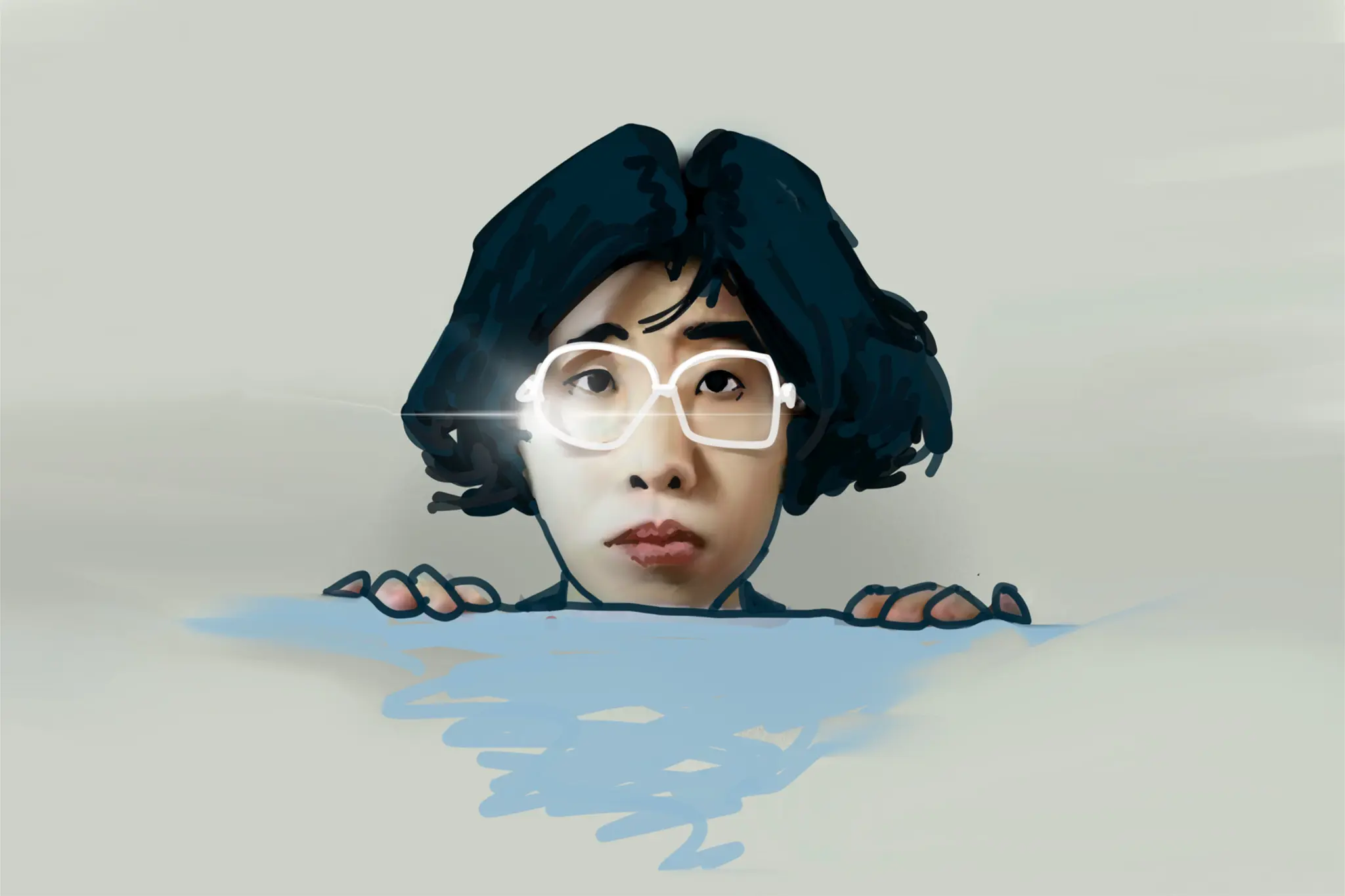When we are young, there can be various prompts that push us towards art. It can be a recommendation from a valued friend or sibling, a positive review in the press, a cover blurb or a beautifully designed and composed book cover. In the late 1990s, I came across a novel by a strangely named Japanese writer called Banana Yoshimoto in a bookstore on Byres Road in Glasgow.
The cover, in my favorite hues of blue, showed an island and a drop of water. Simple enough and paired with the unusual name, I bought it out of curiosity and proceeded to consume it in one day. I raved about this new writer I had found to my friends and felt gloriously smug for the rest of the summer.
Amrita, the novel in question, opened a whole new world of literature to me. From Yoshimoto I proceeded to a whole new literary canon that had previously been unknown to me. Ryu Murakami, Shusaku Endo, Yasunari Kawabata, Kenzaburo Oe, Junichiro Tanizaki, Kaori Ekuni, Natsuo Kirino and many other brilliant Japanese authors suddenly became available. I was immediately hooked.
Yoshimoto’s oeuvre can be seen as a precursor and major influence on the Japanese surrealists that came after, namely Sayaka Murata and her mind-bending, otherworldly Earthlings and super-dissociative Convenience Store Woman. Below, we focus on a few of Yoshimoto’s major works in translation and highlight her importance as a vital Japanese voice in global literature.
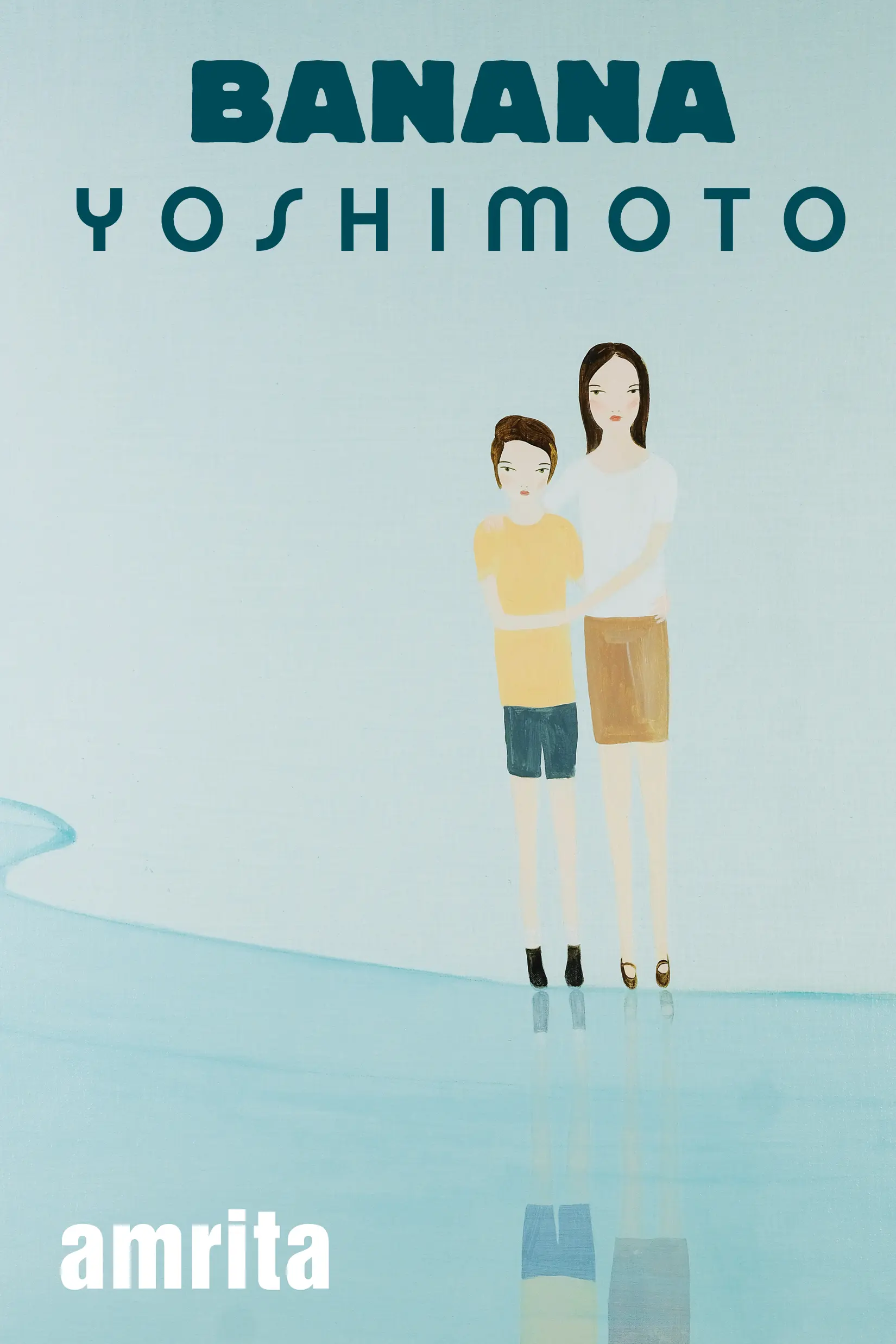
Amrita,
Translated by Russell F. Wasden (1997)
After an education in magic realism at university which focused on writers including Gabriel Garcia Márquez and Salman Rushdie, it’s no surprise that I immediately took to Yoshimoto’s 1997 global hit Amrita. Soaked in ennui and containing passages with ghosts in Saipan and weird and bizarre happenings, it’s a beautiful look at modern life and disassociation. The protagonist Sakumi is essentially lost and adrift and pulls us along for the surreal ride. With a dreamy and soporific mood pervading the narrative, it’s a dream that stays with the reader.
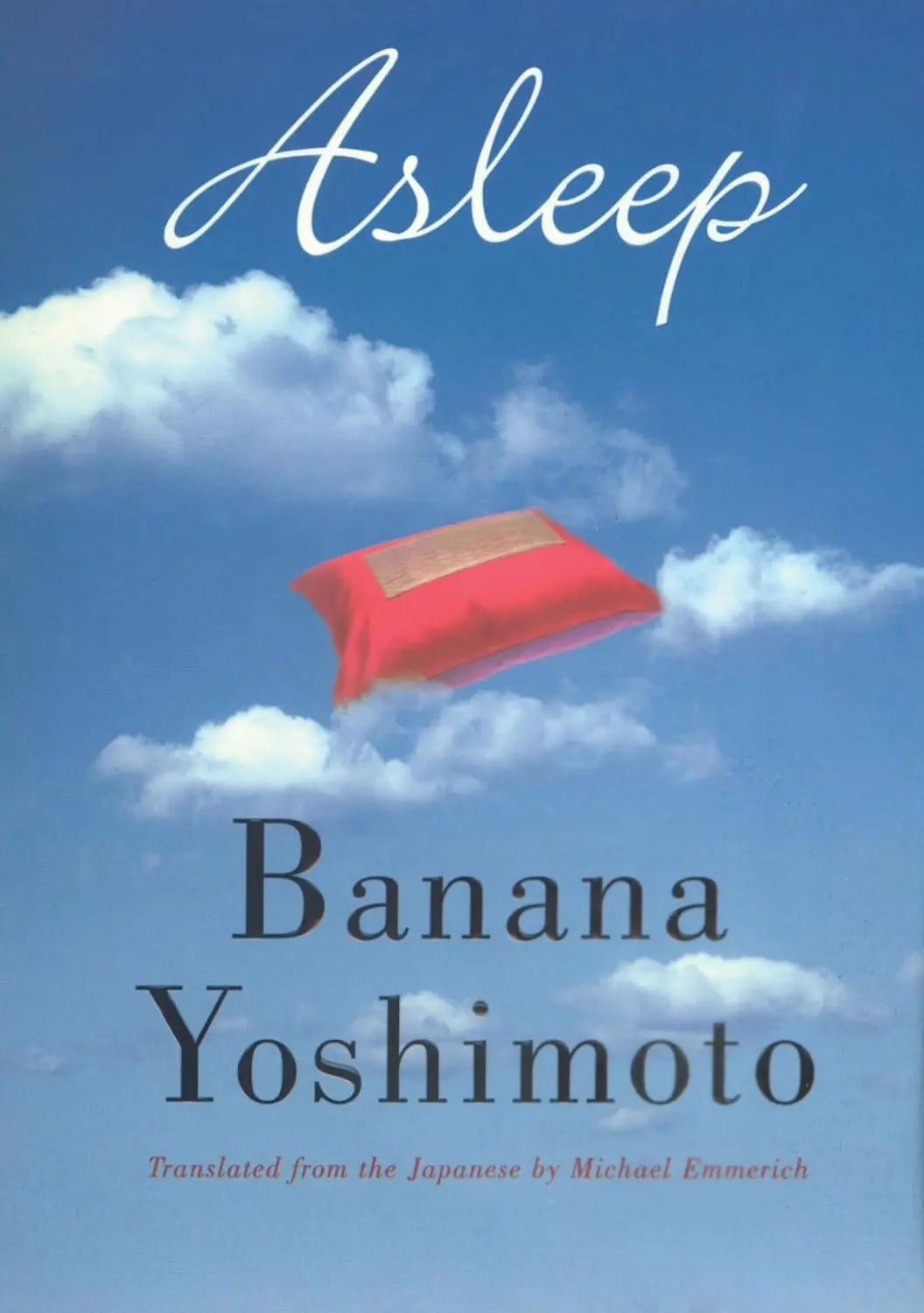
Asleep,
Translated by Michael Emmerich (2000)
Our complex relationships with sleep reappears in Yoshimoto’s Asleep, which is a triptych of stories framed around three women and their odd sleeping habits. Dreamlike and subdued, characteristics that often characterize her work, Asleep is a nuanced piece which reads like a Sofia Coppola movie, a literary musing akin to The Virgin Suicides or Lost in Translation in tone and ambience. In a recent interview with The New York Times, Yoshimoto said of reading Virginia Woolf’s seminal 1928 novel Orlando that, “It made me feel as though I’d transcended time and space, and found myself a new friend.” There is something inherent in Asleep that also quietly reflects these qualities.
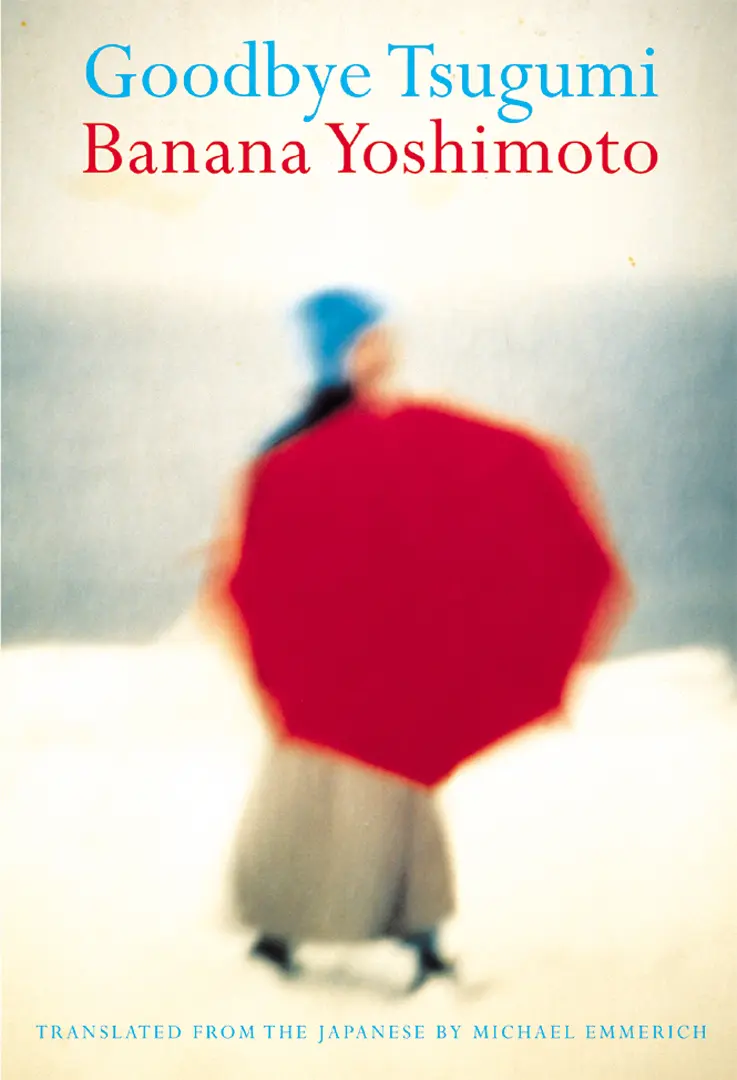
Goodbye Tsugumi,
Translated by Michael Emmerich (2002)
A leading translator and academic in the field of Japanese literature, Michael Emmerich has translated more than a few of Yoshimoto’s works for English-speaking audiences. His translation for 2002’s Goodbye Tsugumi manages to escape Yoshimoto’s usual world of slumber and sets itself in a rural seaside town where Maria retraces her experiences with the titular Tsugumi, an often tricky and unlikable relative. The theme of trying, unsuccessfully, to recapture youth and happier times isn’t rare in fiction, but Yoshimoto’s account of Maria and Tsugumi and their family is at once charming and satiating.
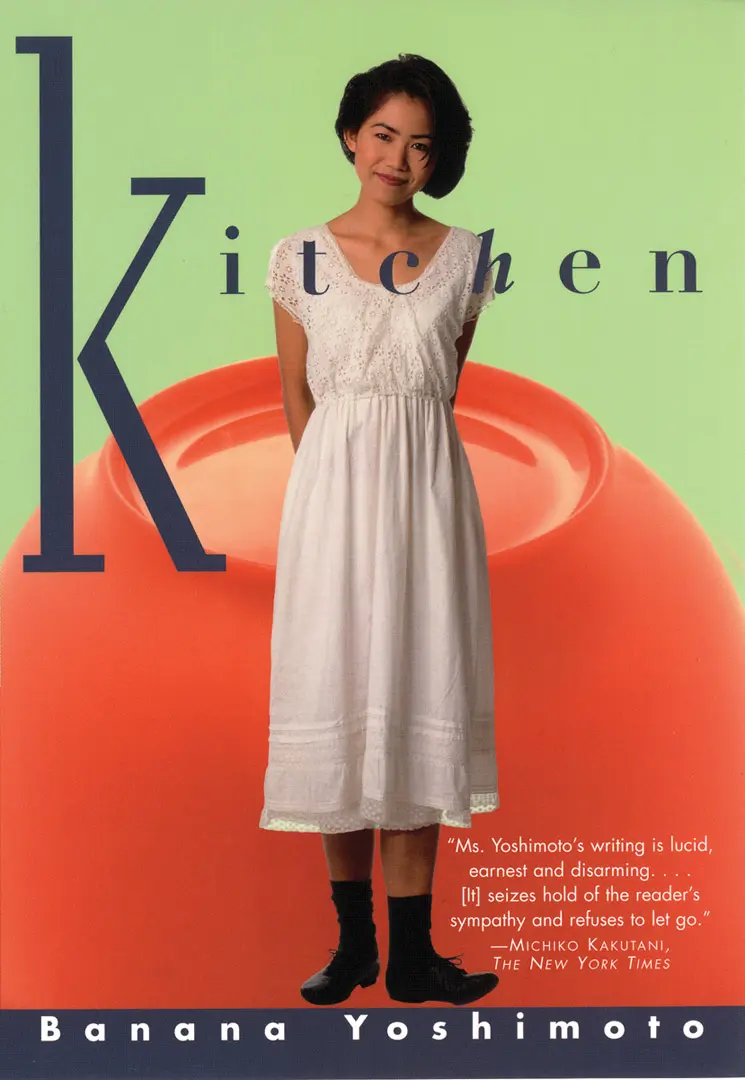
Kitchen,
Translated by Megan Backus (1993)
1993’s Kitchen, Yoshimoto’s debut work in the English language could also be Yoshimoto’s most well-known novel in English. Originally published in Japanese in 1988, Kitchen was quickly adapted for film (in addition to several other novels over the years) in 1989. Gender and womanhood are at the forefront of Kitchen. With a narrative that centers around a makeshift family with a father who is now a mother, it can be seen as a genuinely trailblazing novel.
In an interview with The New York Times, Yoshimoto said, “I’m planning to read Old Terrorist by Ryu Murakami. I recently realized I’ve never read it, so the plan is to sit down and finish it in one go during a vacation.” Murakami’s novel about resetting an aging society through destruction is reminiscent of leading feminist British novelist Doris Lessing’s 1985 tour de force The Good Terrorist. Lessing’s seminal The Golden Notebook, from 1962, also holds similarities with Yoshimoto as it explores the interior female experience and themes of destruction and breakdown. Lessing, who deservedly won the 2007 Nobel Prize in Literature, could be considered a kindred spirit of Yoshimoto and the two writers share many similarities in terms of writing about female psyches.
Yoshimoto is a consistently dazzling writer and her work, that reflects the interior and exterior lives of women in Japan, could be considered incendiary. Brilliant, prolific and beautifully poetic, Yoshimoto is equally as deserving as Haruki Murakami in being known as one of Japan’s leading literary exports.

